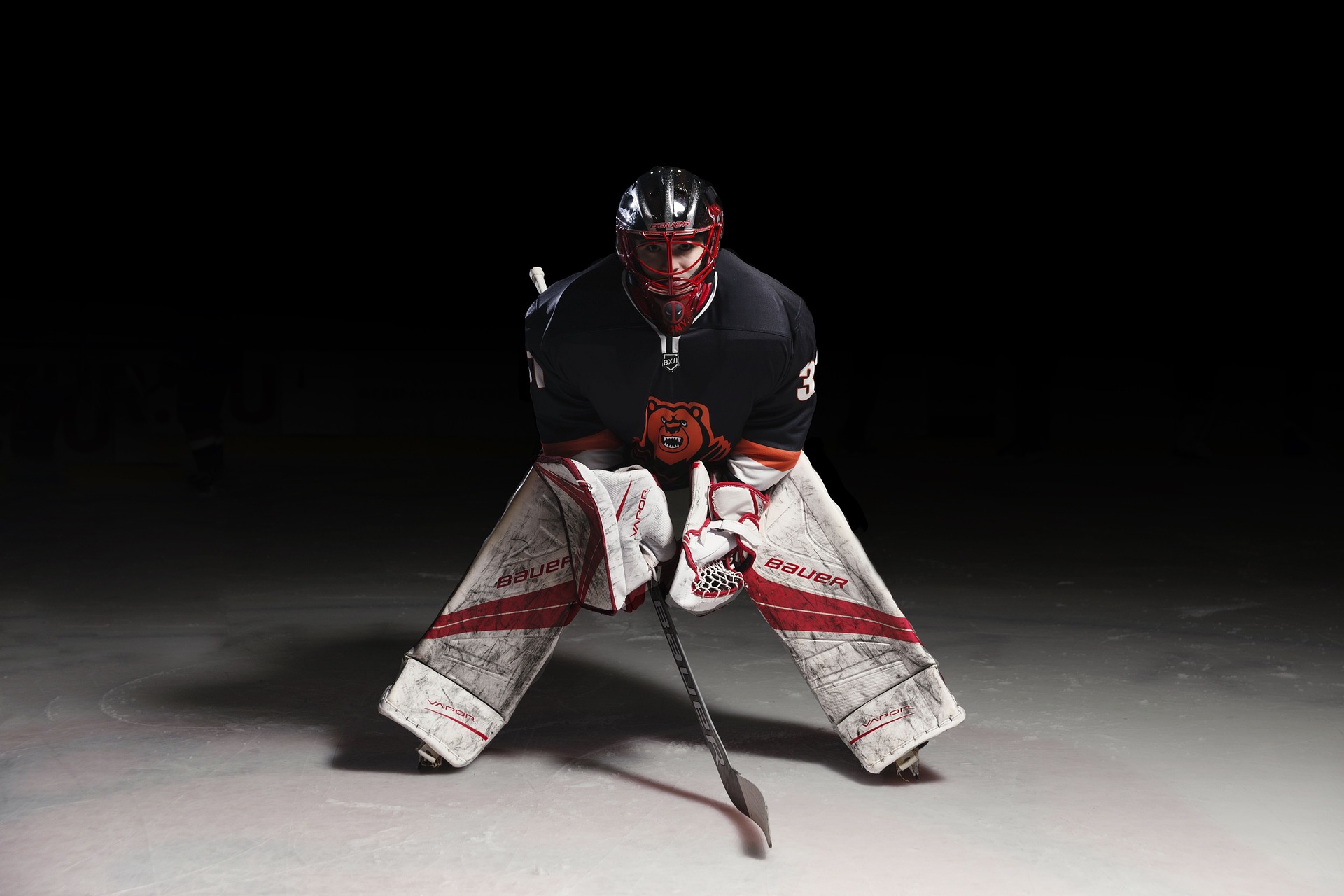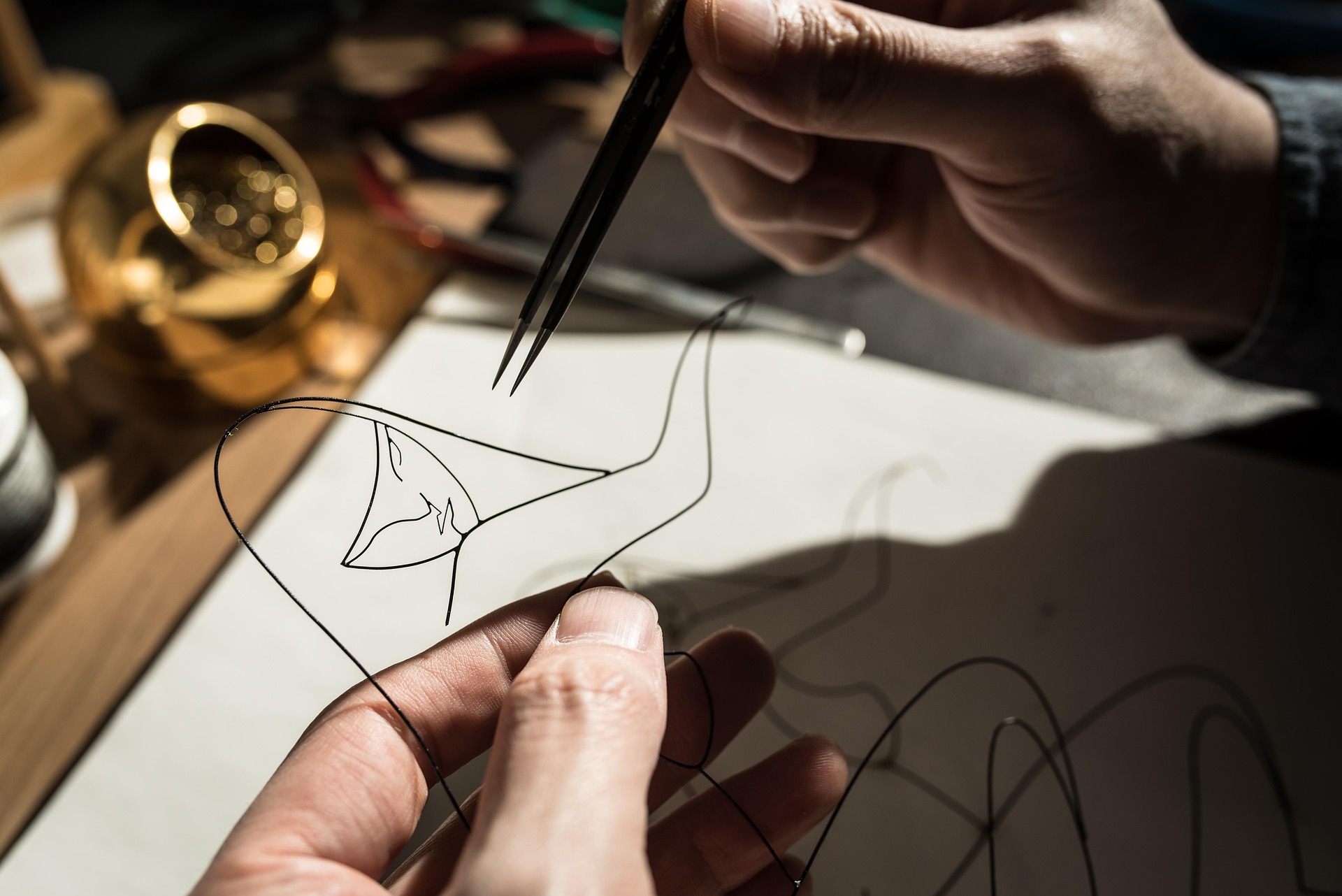Unearthing the Science Behind Ice Hockey Conditioning: An In-depth Perspective
Ice hockey is more than just a game; it's a physical chess match played at breakneck speed. As the sport evolves, we see a growing emphasis on conditioning and physical fitness. This article delves deep into the science of ice hockey conditioning, offering insights into its development, current trends, and practical implications.

Tracing the Role of Conditioning in Ice Hockey’s Past
In the early days, ice hockey was a game of brute strength and raw skills. Conditioning did not hold much importance as the game was relatively slow-paced. However, as the sport evolved over the decades, the need for improved physical fitness became evident. The game’s faster tempo and the rising skill level necessitated a change in players’ training methods. As such, conditioning started gaining prominence in the late 20th century, ultimately becoming a cornerstone of modern ice hockey.
Unpacking the Current Conditioning Trends
Today, ice hockey conditioning has become more specialized and scientific. The focus is not just on physical strength, but also on agility, speed, endurance, and recovery. High-intensity interval training (HIIT) has emerged as a popular method, helping players boost their speed and stamina. Another trend is the use of functional training exercises that mimic on-ice movements, enhancing players’ specific skills and reducing injury risk. Nutrition also plays a pivotal role in modern conditioning programs, with personalized diets ensuring players are fueling their bodies correctly.
Weighing the Benefits and Challenges
The benefits of advanced conditioning are significant and multifaceted. Firstly, it enhances players’ performance by improving their speed, strength, and stamina. It also aids in injury prevention and faster recovery. Furthermore, it extends players’ career longevity by helping them maintain high fitness levels over time.
However, such intensive conditioning does not come without challenges. Overtraining can lead to injuries and burnout, affecting players’ performance and health. Balancing conditioning with skill development is also a tricky task, requiring careful planning and monitoring.
The Practical Implications: From Grassroots to Professional Levels
The evolution and importance of conditioning are not confined to professional hockey leagues. Today, even amateur and youth hockey programs are incorporating conditioning into their training regimes. Coaches are realizing the importance of physical fitness in developing players’ skills and enhancing their performance.
In conclusion, as the world of ice hockey continues to evolve, the role of conditioning will only grow more significant. It’s an exciting field where sports science meets real-world performance, offering a fascinating glimpse into the dynamics of this high-octane sport.




